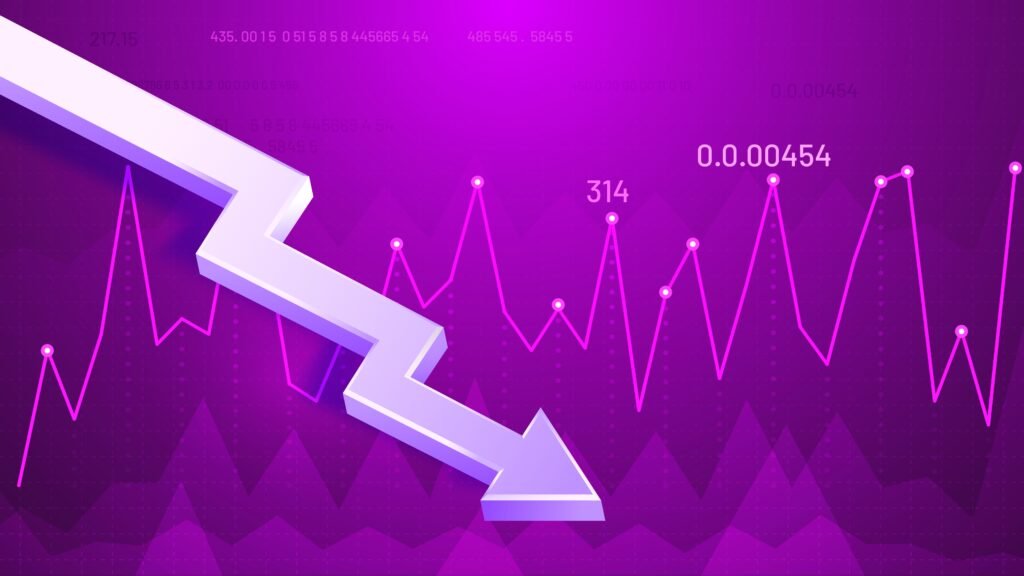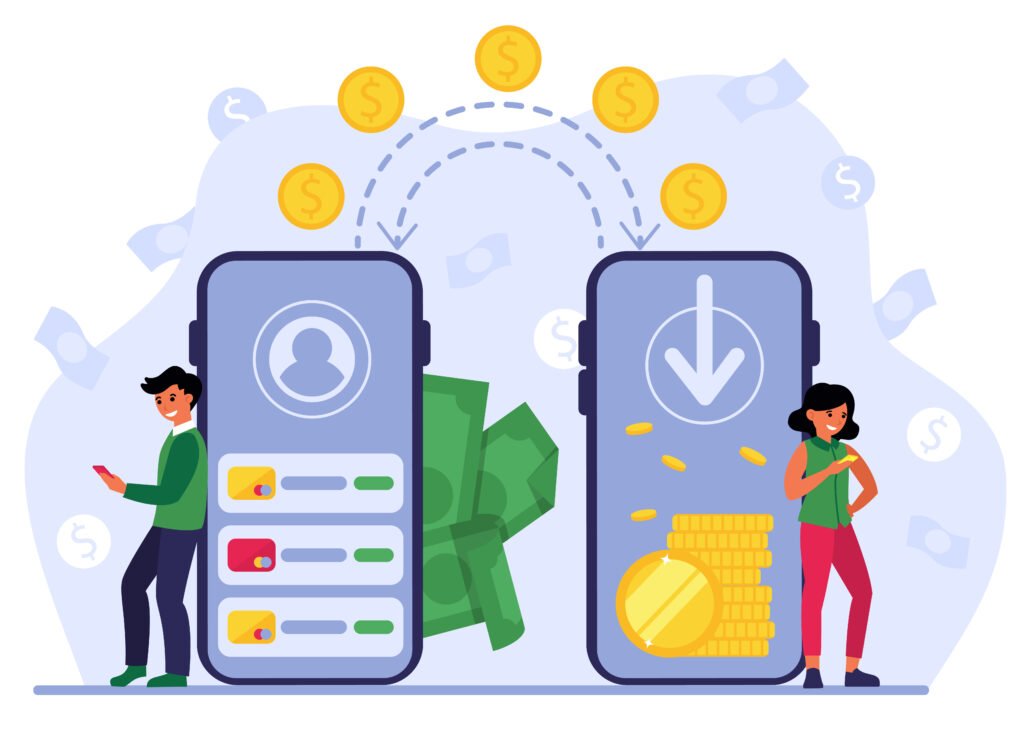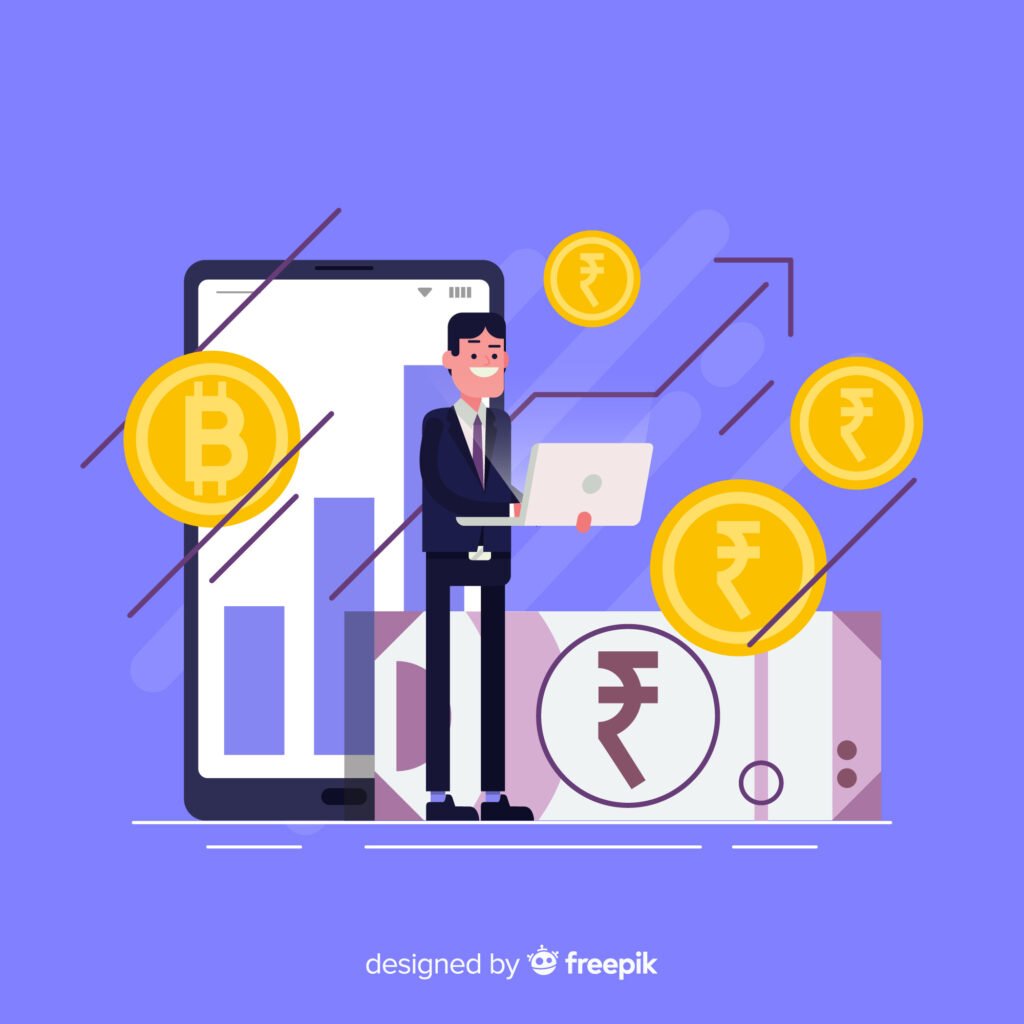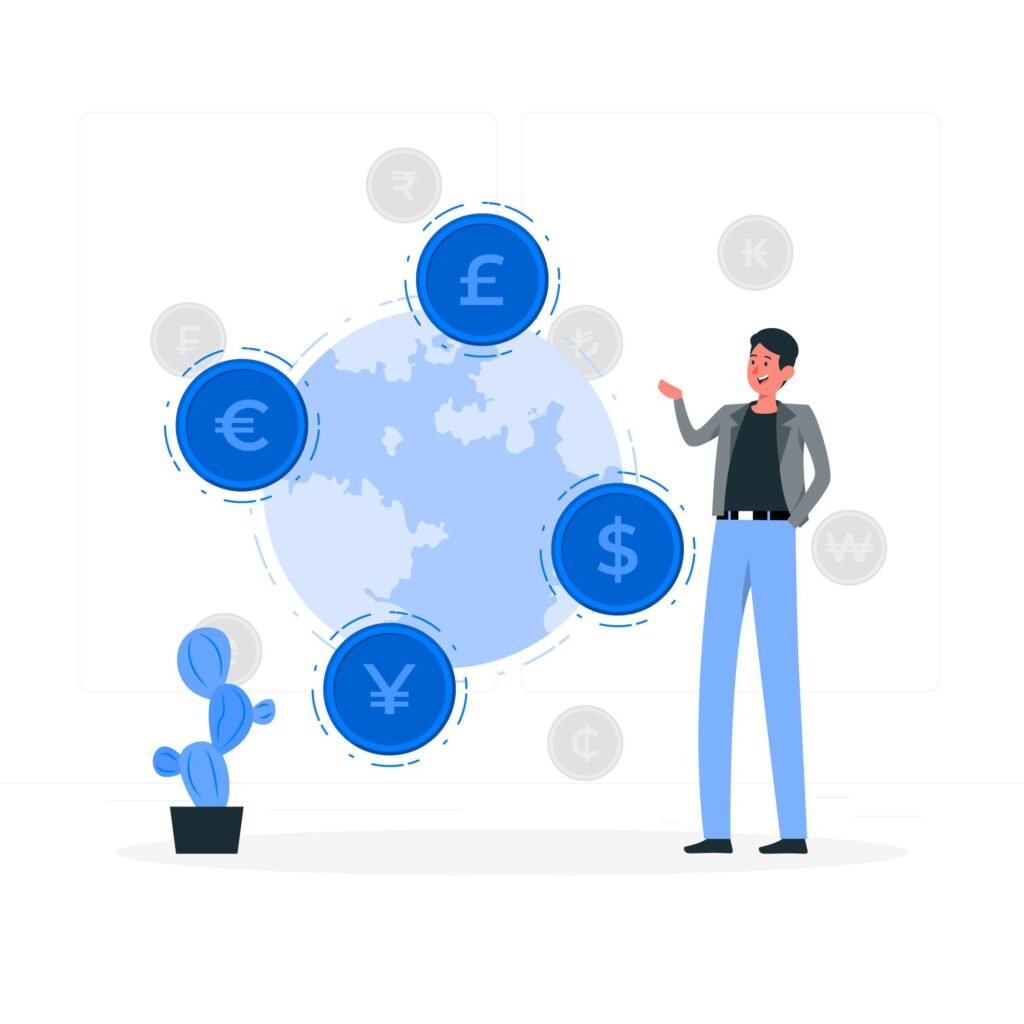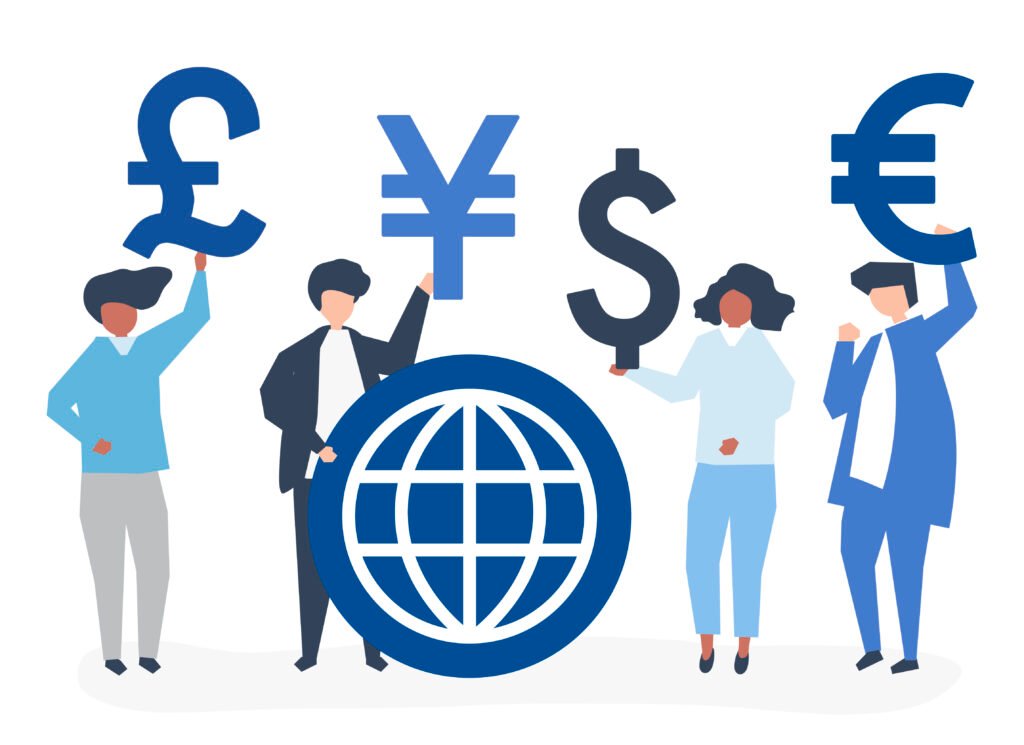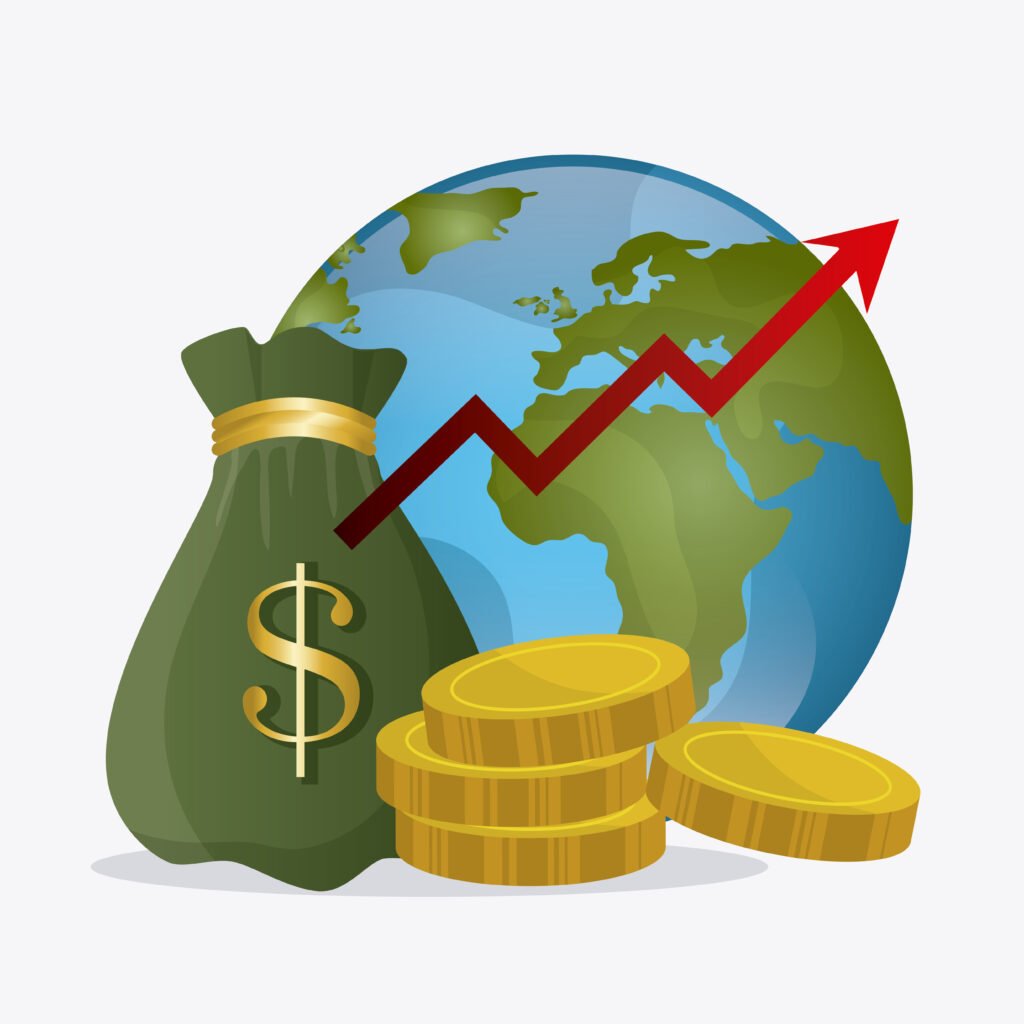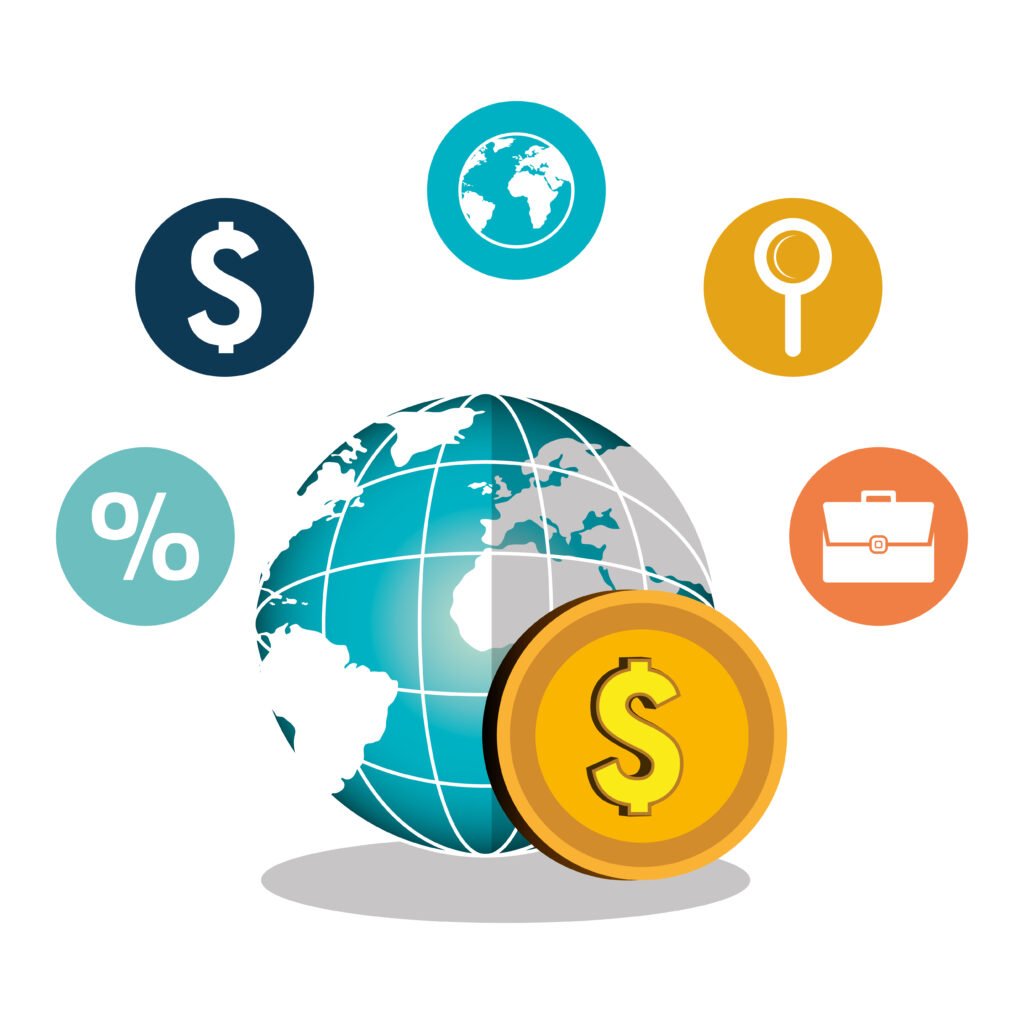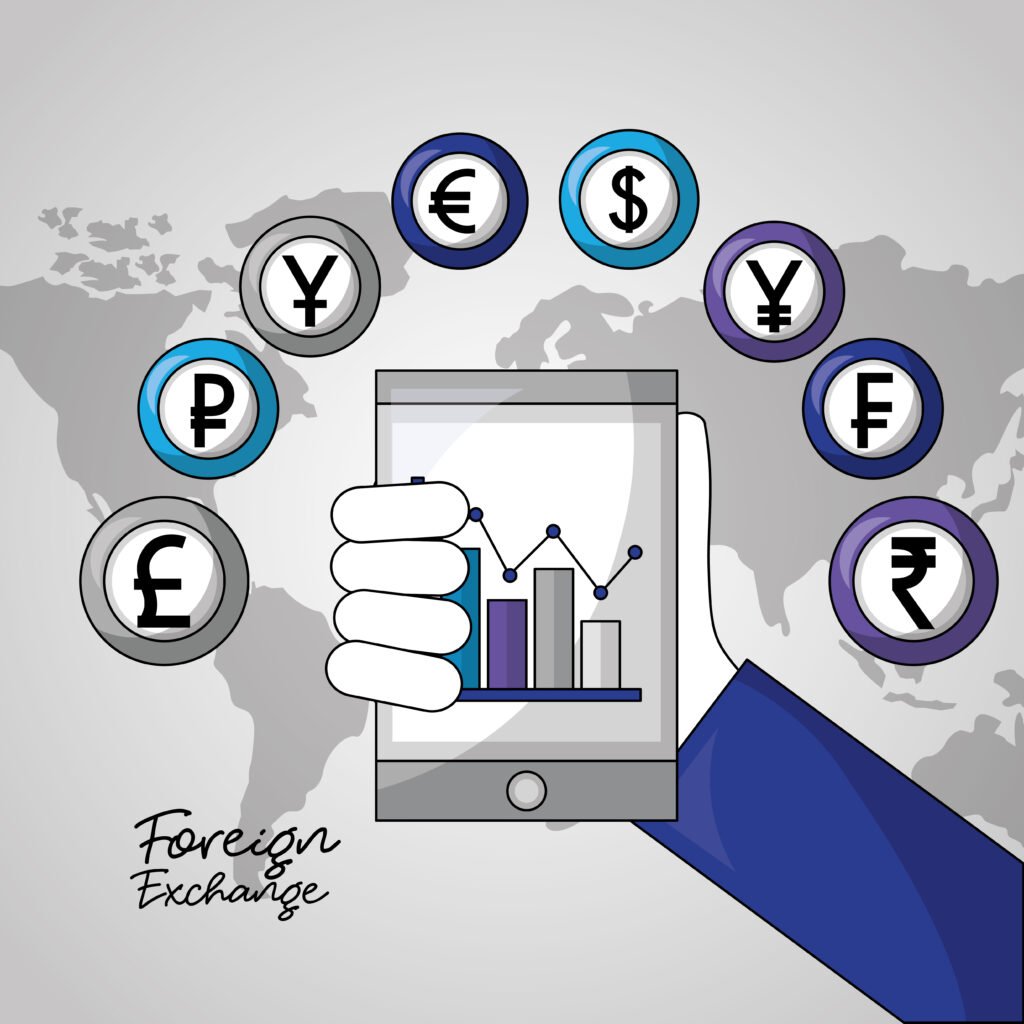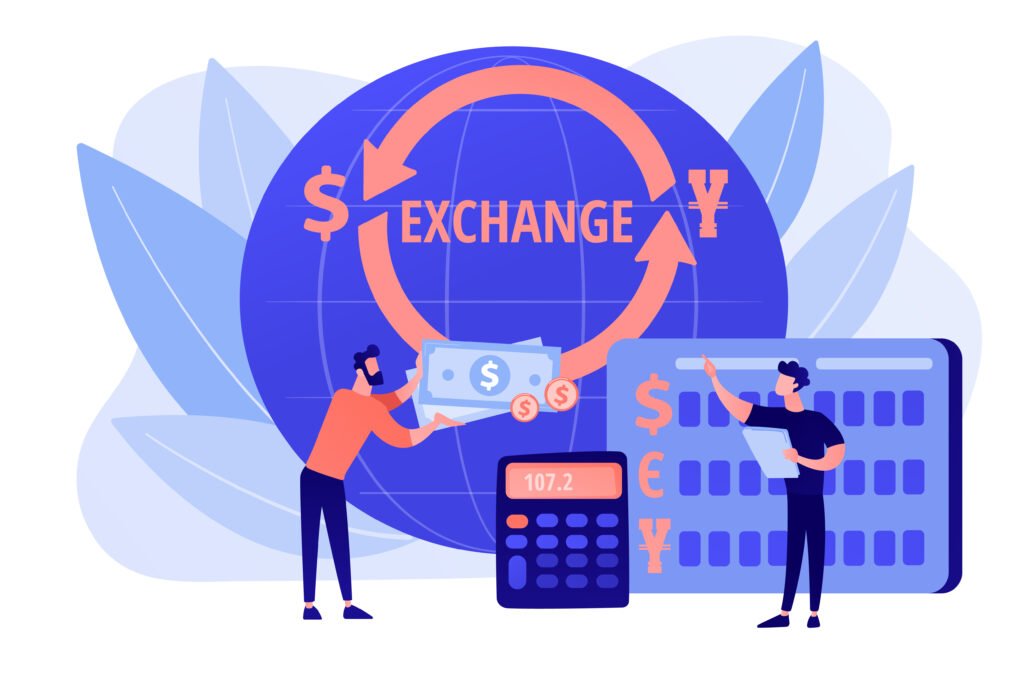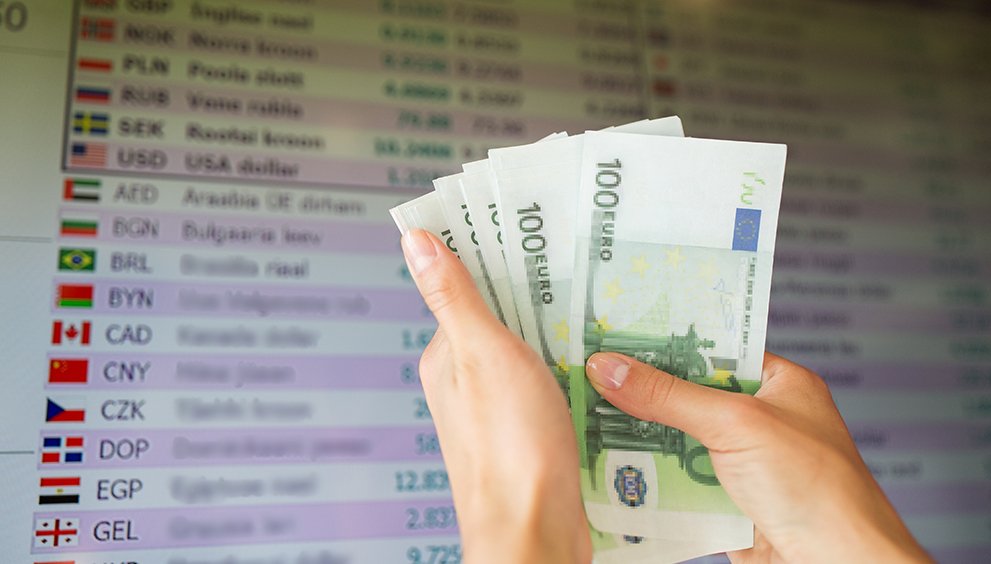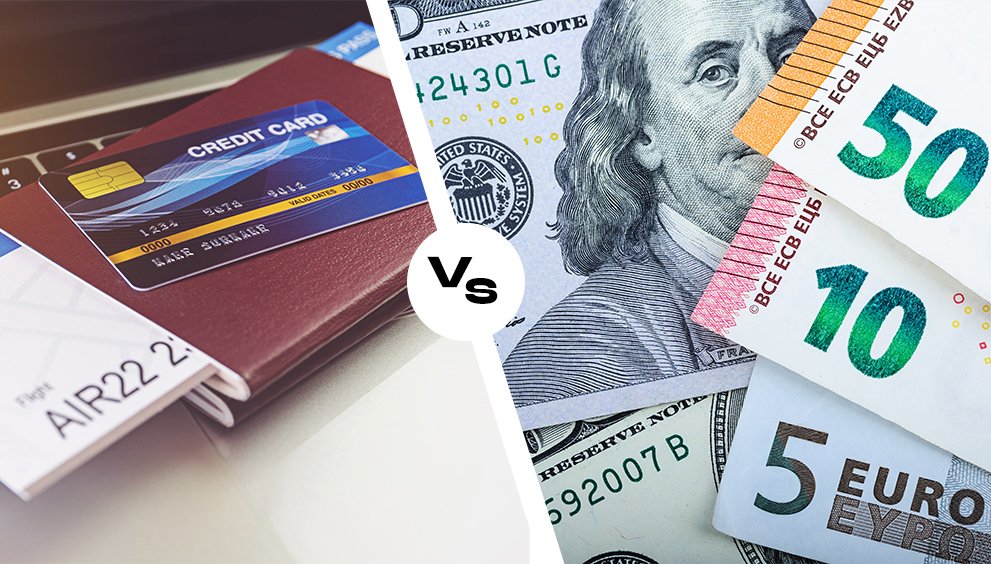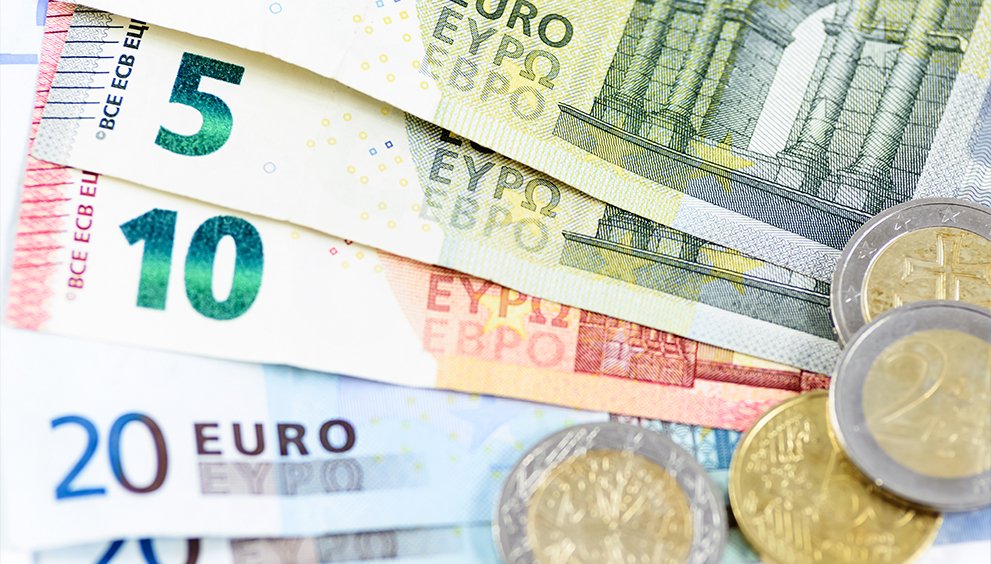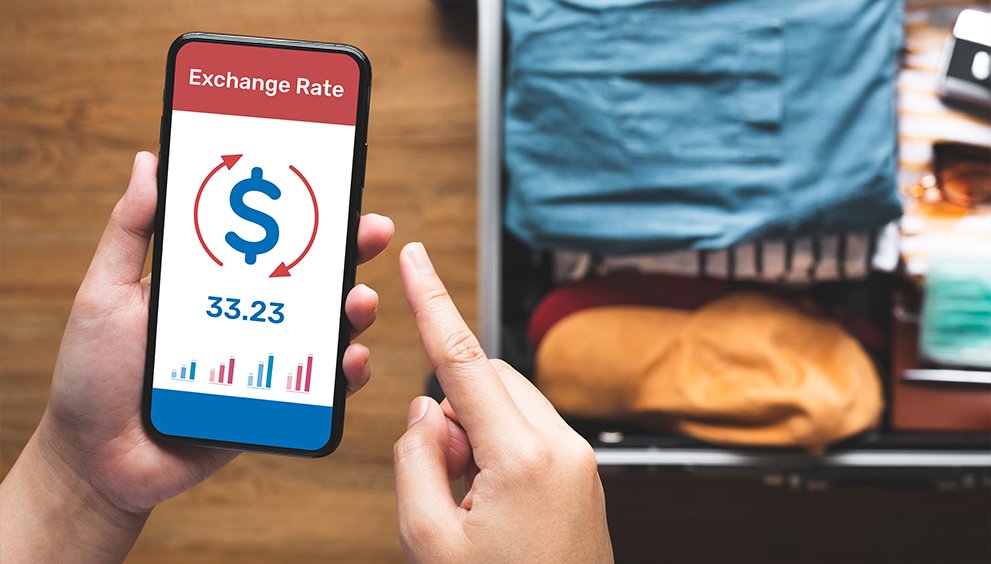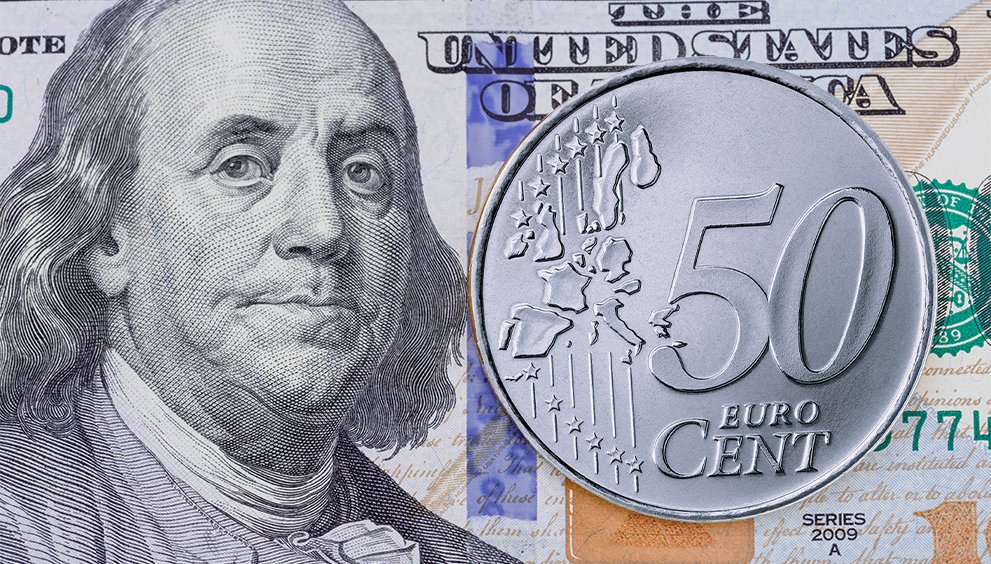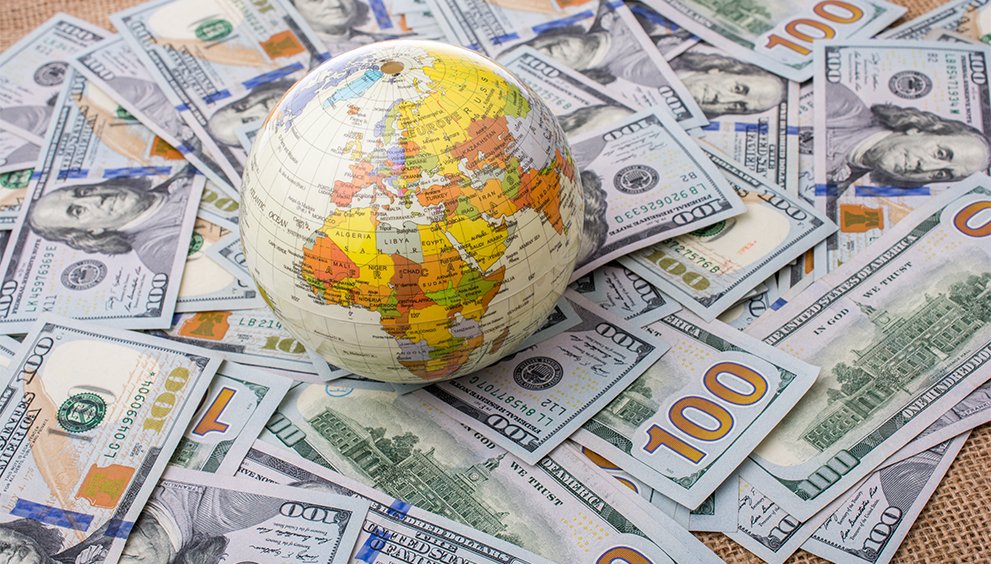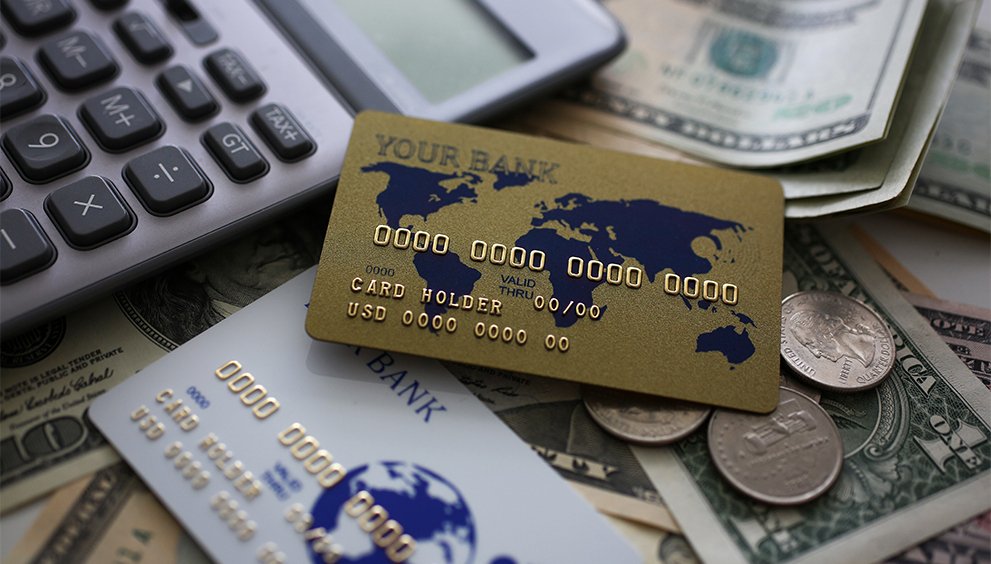Why International Money Transfers Cost So Much: Fees Explained

Introduction
Many need to send money abroad, whether you’re supporting family, paying overseas suppliers, or managing investments. However, the high cost of international money transfers can be frustrating. Why do these transactions cost so much, and where do the fees come from?
In this article, we’ll break down the various fees associated with international money transfers, uncover hidden costs, and explore how to minimise them.
1). Understanding International Money Transfer Fees
At their core, international money transfer fees are the costs banks or money transfer providers charge to move funds across borders. These fees can be divided into two categories:
- Visible fees: Clearly stated charges like transaction fees or flat rates.
- Hidden fees: Costs embedded in exchange rate markups or intermediary bank fees.
Knowing these distinctions is the first step to understanding why these costs add up.
2). Transaction Fees: The Base Charge
Transaction fees are the most straightforward charges. They cover the cost of processing the transfer.
How They Work:
Providers charge a flat fee or a percentage of the transfer amount. For example, a bank may charge £25 for a wire transfer or 2% of the amount sent.
Why They Vary:
Factors like the transfer method (online vs. in-person), destination country, and provider influence these fees. Small transfers often feel more expensive because the base fee remains the same, regardless of the amount.
3). Exchange Rate Markups
Exchange rate markups are hidden fees added to the conversion rate.
What Happens:
Providers display a rate slightly lower than the mid-market rate (the rate banks use to trade currency). The difference is their profit.
How to Spot It:
Compare the rate offered by your provider to the mid-market rate using tools like XE or Google. Even a small percentage difference can add up for large transfers.
4). Intermediary Bank Fees
When sending money internationally, your funds may pass through one or more intermediary banks before reaching the recipient.
Why It Costs More:
Each intermediary charges a fee for processing, which is deducted from the transferred amount.
How to Avoid It:
Use providers that offer direct transfers or disclose intermediary fees upfront.
5). Regulatory and Compliance Costs
Banks and transfer services must comply with strict regulations to prevent fraud and ensure global security.
Common Safeguards:
- Anti-Money Laundering (AML) laws.
- Know Your Customer (KYC) checks.
While necessary, these processes increase operational costs, which are passed on to customers.
6). Currency Conversion Fees
Currency conversion fees are charged when converting your money into the recipient’s local currency.
Why They Vary:
Providers may use their own rates or add a conversion charge ranging from 1-3%.
How to Save:
Choose multi-currency accounts or transfer platforms with low conversion fees.
7). Operational Costs for Providers
Behind every money transfer is a complex infrastructure, technology, and staff system. Providers charge fees to cover these costs, including:
- IT systems and cybersecurity.
- Global customer support teams.
- Marketing and branch operations.
Smaller, tech-driven providers often have lower operational costs, allowing them to charge less.
8). Hidden Costs and Misleading Claims
“Zero commission” and “free transfer” offers may sound appealing but often hide fees elsewhere.
Examples of Hidden Costs:
- Marked-up exchange rates.
- Additional charges for certain transfer methods.
Always ask for a full cost breakdown before confirming a transaction to avoid surprises.
9). Alternatives to Reduce Costs
- Digital Transfer Platforms:
Apps like Currency Solutions and Revolut offer competitive exchange rates and transparent fees. - Cryptocurrency Transfers:
Blockchain-based platforms like Ripple reduce costs by eliminating intermediaries. - Multi-Currency Accounts:
Accounts like those offered by Revolut allow you to hold and exchange currencies at low rates.
10). The Future of International Money Transfers
Technology is paving the way for cheaper, faster transfers:
- Blockchain: Decentralised systems like blockchain eliminate many of the intermediaries that drive up costs.
- Central Bank Digital Currencies (CBDCs): These government-backed digital currencies could streamline cross-border payments.
As these innovations mature, the cost of international transfers is expected to decline.
Conclusion
The high cost of international money transfers is a result of multiple factors, including transaction fees, exchange rate markups, and regulatory requirements. While these costs may seem unavoidable, understanding where they come from can help you make smarter financial decisions.
By exploring alternatives and staying informed, you can minimise fees and keep more of your money where it belongs—with you or your recipient.
FAQs
- Why do exchange rates vary so much between providers?
Providers apply markups to make a profit, which causes differences in rates. - How can I avoid hidden fees in international money transfers?
Compare rates, use transparent platforms, and avoid “zero commission” traps. - Are online transfer platforms always cheaper than traditional banks?
Usually, yes. Online platforms often have lower fees and better rates. - What is the difference between mid-market rates and provider rates?
Mid-market rates are the real exchange rates; provider rates include markups. - Will international money transfers become cheaper in the future?
Advancements in blockchain and digital currencies are likely to reduce costs over time.


 English
English 







